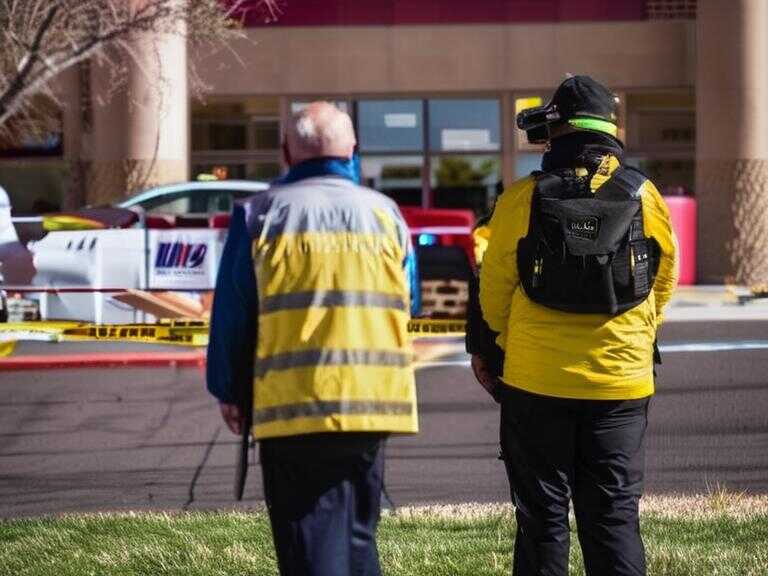
Trump Administration's Memo Reveals Broad Criteria for Migrant Detention at Guantanamo Bay
The Trump administration established broad criteria for sending migrants to Guantanamo Bay, allowing non-criminal detainees despite claims of targeting only dangerous individuals.

Recent revelations have shed light on the Trump administration's controversial strategy regarding the detention of migrants at Guantanamo Bay. A government memo obtained by CBS News reveals that broad rules were established to determine which migrants could be held at the naval base, deviating from previous assertions that it would solely accommodate the most dangerous offenders.
Expansion of Detention Criteria
In a bid to intensify the crackdown on immigration, President Trump directed officials in late January to repurpose facilities at the U.S. Naval Base in Guantanamo Bay, Cuba, for the detention of migrants residing illegally in the country. The initial rhetoric suggested that "the worst" migrants would be held at the base, specifically targeting "high-priority criminal aliens." However, a previously undisclosed agreement between the Department of Homeland Security and the Department of Defense revealed a broader discretion granted to officials in determining which migrants could be sent to Guantanamo Bay, without a clear assessment of their criminal history or conduct.
Definition of 'Nexus' to Transnational Criminal Organizations
The agreement, signed on March 7, outlined a vague criterion for transferring migrants to Guantanamo Bay, focusing on their alleged connections to transnational criminal organizations (TCO) or criminal drug activity. This definition was widely interpreted, allowing officials to categorize migrants as having a 'nexus' if they were perceived to be part of a transnational criminal group or if they had paid a criminal organization for smuggling into the United States. This broad interpretation raised concerns about its potential to encompass a significant number of migrants and asylum-seekers who had crossed the U.S. southern border.
Disregard for Individualized Assessment
Critics, including former U.S. immigration officials, expressed alarm over the absence of individualized assessments to determine whether migrant detainees posed a threat before being transferred to Guantanamo. The lack of a nuanced evaluation raised questions about the fairness and legality of the administration's approach. Furthermore, the memo indicated that migrants who overstayed a visa were not eligible for transfer to Guantanamo, but it allowed officials to assume that individuals from certain countries had paid a criminal group to enter the U.S. if the nature of their entry was unclear.
Controversial Transfers
The first transfers of migrants to Guantanamo occurred in February, with a focus on Venezuelans allegedly linked to the Tren de Aragua prison gang. Subsequent transfers involved migrants from various countries, but the details of these operations, including costs and eligibility criteria, remained largely undisclosed. Reports indicated that both 'high-threat' and 'low-risk' detainees were sent to Guantanamo, raising concerns about the arbitrary nature of the selection process. 'High-threat' migrants, defined as having violent or serious criminal records, were held at Camp VI, while 'low-risk' detainees were placed at the Migrant Operations Center, a facility historically used for asylum seekers intercepted at sea.
Share news















